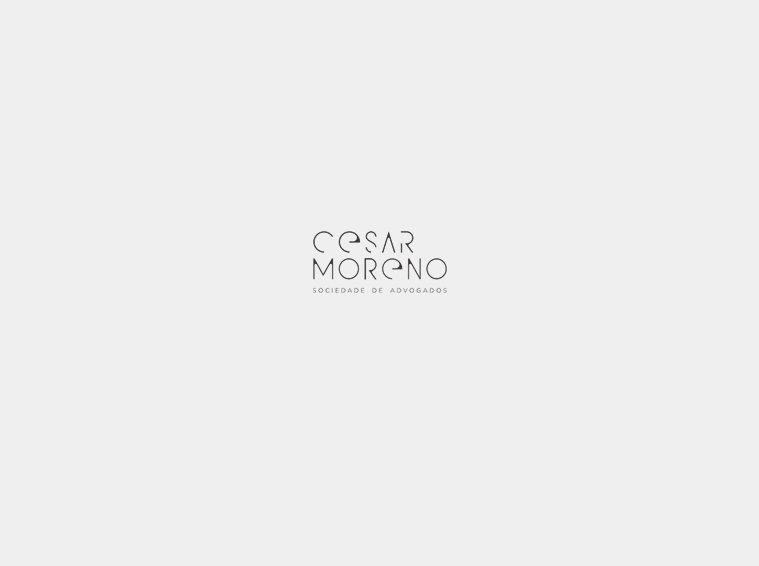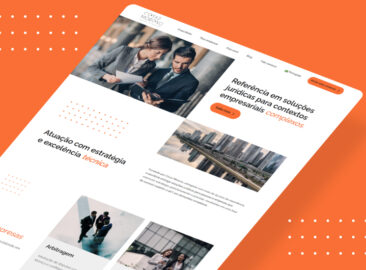On March 15, the Brazilian Federal Revenue Service (RFB) issued Consultation Solution (SC) COSIT No. 8/21, which once again restricts the concept of input for the purposes of appropriating PIS and COFINS credits. Among the inputs analyzed by the SC, the prohibition on taking credits on packaging materials stands out, a position that contradicts recent CARF and STJ rulings.
This is because CARF recently recognized that packaging materials used for the transportation and storage of goods are inputs and, therefore, generate contribution credits. This decision, published at the end of February, aligns with the theory established by the Superior Court of Justice (STJ), which considers an input to be any good or service, essential or relevant to the development of the economic activity carried out by the taxpayer.
The company targeted by the CARF trial is in the petrochemical sector and operates in the design, manufacture, sale and services associated with the supply of thermoplastic rubber.[1]. To transport and package this product, the taxpayer uses, for example, pallets for bags and boxes, plastic film (polyethylene), and adhesive tape. These materials are essential for proper storage, transportation, preservation, and preservation of the product’s integrity.
One of the elements that helped shape the administrative judges’ conviction was the technical report prepared by the taxpayer, detailing the entire transportation process, including illustrative images, and demonstrating its essential role in preserving the goods. Proof of costs incurred in acquiring these materials and other accounting documents were also presented, allowing for verification of the veracity of the information presented by the taxpayer.
Analyzing the evidentiary context presented in the process, CARF concluded that the packaging materials used are essential and relevant for the conservation and integrity of the products, and although they are not used directly in the production process, they generate PIS/COFINS credits.
In another ruling, the Administrative Court extended the concept of input for packaging materials even further. A dairy company was allowed to take credit for costs incurred on packaging materials used to keep the product in stock.
According to the decision, packaging is essential to prevent any external contact with the product, avoiding the risk of contamination, protecting it from impacts, and facilitating its transportation.
In truth, the decisions handed down by CARF extend to many other sectors of activity, because there are countless companies that use packaging material to preserve the integrity of their products during transportation, or even to store them in adequate conditions.
Finally, it’s important to highlight the importance of evidentiary elements in these cases, because characterizing what constitutes an input necessarily involves a detailed analysis of the company’s activity. Therefore, if the taxpayer seeks recognition of the credit in court, it’s important to pay attention to the legal action that will be filed, so that the right is not limited due to a lack of evidence.
[1]Thermoplastic rubber is a material with a rubber-like behavior, generally found in areas of soft-touch components such as pencils, toothbrushes, razor blades, and also in cable coatings, sports equipment, toys, car window seals, etc.




